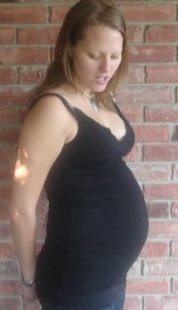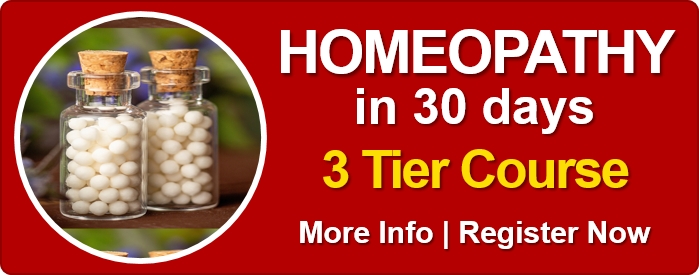Tutorial 9 – Palliation, Suppression or Cure?

The human body is naturally designed to heal itself. With proper nutrition, clean water, and a healthy environment, it usually does just that. We often resort to treatments or medications to speed up the healing process.
When addressing symptoms, we can opt to palliate, suppress, or aim for a cure.
Palliation
Palliation provides temporary relief from symptoms without addressing the underlying issue. Symptoms return once the treatment stops.
Derived from a Latin word meaning “to hide or disguise,” palliation conceals symptoms.
For instance, pain from a twisted ankle can be temporarily alleviated with analgesics; constipation can be momentarily relieved with senna, fruit, or other laxatives; eczema can be mitigated with cortisone; and cold feet can be warmed with hot water.
While palliative measures offer a quick fix, symptoms reappear once the treatment stops or the medication wears off.
Suppression
Like palliation, suppression relieves symptoms without addressing the root cause. However, it creates the illusion of permanently eliminating symptoms. Suppression does not correct the underlying issue; instead, it drives the problem deeper, leading to more severe symptoms.
When we are unwell, our symptoms serve as a release valve for the underlying energetic imbalances that cause our illness. Suppressing symptoms blocks this release, forcing the body to find alternative ways to maintain life. The body must then release the imbalance through deeper and potentially more harmful areas.
For example, when simple eczema is repeatedly treated with cortisone, it may lead to asthma. Continual palliation or suppression of asthma may then affect more critical organs, such as the heart. This is why it is said that the disease is “driven inward.”
Patients and healthcare providers may not recognize the connection between earlier suppressions and deteriorating health. Constant suppression weakens the body’s ability to self-heal, accelerating the decline of vitality with age.
True Healing
To achieve genuine healing, obstacles to recovery (e.g., poor diet or damp, drafty living conditions) must be removed, and treatments should support rather than suppress the body’s healing efforts. Recognizing symptoms as indicators of the body’s healing attempts and using safe homeopathic remedies that mimic these symptoms can help.
Hahnemann’s discovery of the Law of Similars, or “like treating like,” remains the foundation of homeopathic practice. Supporting rather than suppressing the body’s self-healing efforts is the most effective way to restore health and vitality.
Cassie’s Story
Seven months pregnant, Cassie experienced indigestion and loud burps, seemingly triggered by rich fatty foods, particularly ice cream. She took a Panadol before bed for pain relief, which allowed her to sleep but didn’t prevent the indigestion from returning the next day.
Cassie then tried antacid tablets, which temporarily relieved her indigestion, but she needed increasing doses as their effectiveness decreased. Her symptoms worsened over a week, progressing from indigestion to diarrhea and exhaustion.
Cassie consulted a homeopathy self-care book and chose Pulsatilla for her pregnancy-related indigestion. Initially, her symptoms intensified, but after 10 minutes, the indigestion and diarrhea stopped and did not return. Cassie believes she has cured herself.
Homeopathic Comment
Cassie’s story is a great illustration of how her indigestion issue was first palliated, then suppressed, and eventually cured when she used a remedy that mimicked her body’s natural healing process.
Initially, Cassie did what most people do when faced with discomfort—she took a tablet (paracetamol) to alleviate the pain so she could sleep. However, paracetamol couldn’t truly cure her symptoms, only providing temporary relief.
When her indigestion returned, Cassie sought antacids for relief. While they allowed her to sleep well, they also suppressed her symptoms, leading to more severe issues like diarrhea and exhaustion.
Cassie’s strong vitality was evident in her body’s resistance to suppression. If she had continued using antacids, her health could have worsened or become ineffective against her persistent indigestion. It’s important to note that Cassie’s unborn baby was also affected by her energetic imbalances, which could lead to health problems after birth.
Fortunately, Cassie had some knowledge of homeopathy and used her home-use kit to find a remedy, Pulsatilla. This remedy matched her symptoms and, thanks to the Law of Similars, effectively treated her indigestion by replacing the original energetic imbalance with a similar one from the remedy. As the Pulsatilla wore off, Cassie’s vital force rebounded and restored her health.
Cassie experienced an initial intensification of her symptoms, known as a homeopathic aggravation or “healing crisis,” because the remedy dose was slightly too strong. This is a non-toxic effect and a positive sign that the correct remedy has been chosen. To avoid this in the future, smaller and more diluted doses can be taken.
Tutorials
- Homeopathy: an Introduction
- Tutorial 1 – The Law of Similars
- Tutorial 2 – Law of Similars Discovered
- Tutorial 3 – Potentisation
- Tutorial 4 – Three Scales of Potency
- Tutorial 5 – Benefits of Potentisation
- Tutorial 6 – Provings
- Tutorial 7 – The Vital Force
- Tutorial 8 – Potentised Remedies and the Vital Force
- Tutorial 9 – Palliation, Supression or Cure?
- Tutorial 10 – Direction of Cure
- Tutorial 11 – Return of Old Symptoms
- Tutorial 12 – Homeopathy and Other Medicinal Therapies
- Tutorial 13 – Finding a Good Homeopath
- Tutorial 14 – That First Appointment
- Tutorial 15 – What to Expect (Part A)
- Tutorial 16 – What to Expect (Part B)







